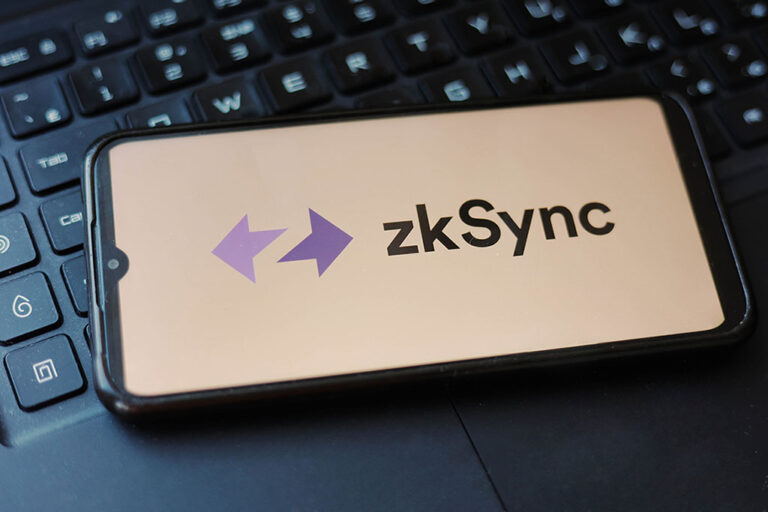ZKsync’s governance model is based on the principles of resilience, decentralization, and alignment with its mission.
The EVM-compatible rollup ZKsync has launched its decentralized governance model, enabling community members to directly shape the development of the protocol. The new governance system is live on the mainnet, featuring on-chain contracts aimed at improving transparency and strengthening decision-making processes.
A Three-Body Governance Structure
ZKsync’s governance is structured around three independent groups: the Token Assembly, Security Council, and Guardians, each with distinct responsibilities to ensure checks and balances. The Token Assembly made up of token holders and their delegates can propose and vote on protocol upgrades. This decentralized setup allows for on-chain decision-making, preventing any one group from having complete control.
The Security Council is vital for protecting the protocol’s technical integrity. Composed of engineers and auditors, it reviews and approves upgrades, especially when addressing security risks. At the same time, the Guardians are responsible for ensuring that all proposals align with ZKsync’s fundamental values and can veto any decisions that go against the community’s mission.
Decentralized Governance Principles
ZKsync’s governance model is based on the principles of resilience, decentralization, and alignment with its mission. It upholds the right to fork or exit, empowering the community to verify decisions without trust and act when needed. With integrated safeguards, the system ensures that even if one governing body encounters issues, the protocol can continue to evolve independently.
Following the ZK Credo, which outlines core principles for the ZKsync ecosystem, the governance system requires all participants to operate according to shared values. This structure promotes balanced power distribution, engaging various Ethereum communities worldwide to avoid any centralization of authority.
Governance Proposals and a Path Forward
ZKsync’s governance bodies collaborate to handle three main types of proposals: ZKsync Improvement Proposals (ZIPs) for protocol upgrades, Token Program Proposals (TPPs) for managing ZK token features, and Governance Advisory Proposals (GAPs) for off-chain decisions. Each proposal undergoes scrutiny from the Guardians and technical review by the Security Council, ensuring the system remains decentralized.
The launch of this governance system comes after key milestones for ZKsync, such as the Era mainnet launch in March 2023 and the release of the ZK token with an airdrop in June 2024. Despite these advances, ZKsync has experienced a drop in transaction activity, with the seven-day moving average of daily transactions declining by 85% since the beginning of the year.
With this new governance system in place, ZKsync continues to push toward a community-powered future, marking a significant step forward in the project’s goal to build a truly decentralized and transparent protocol.
next